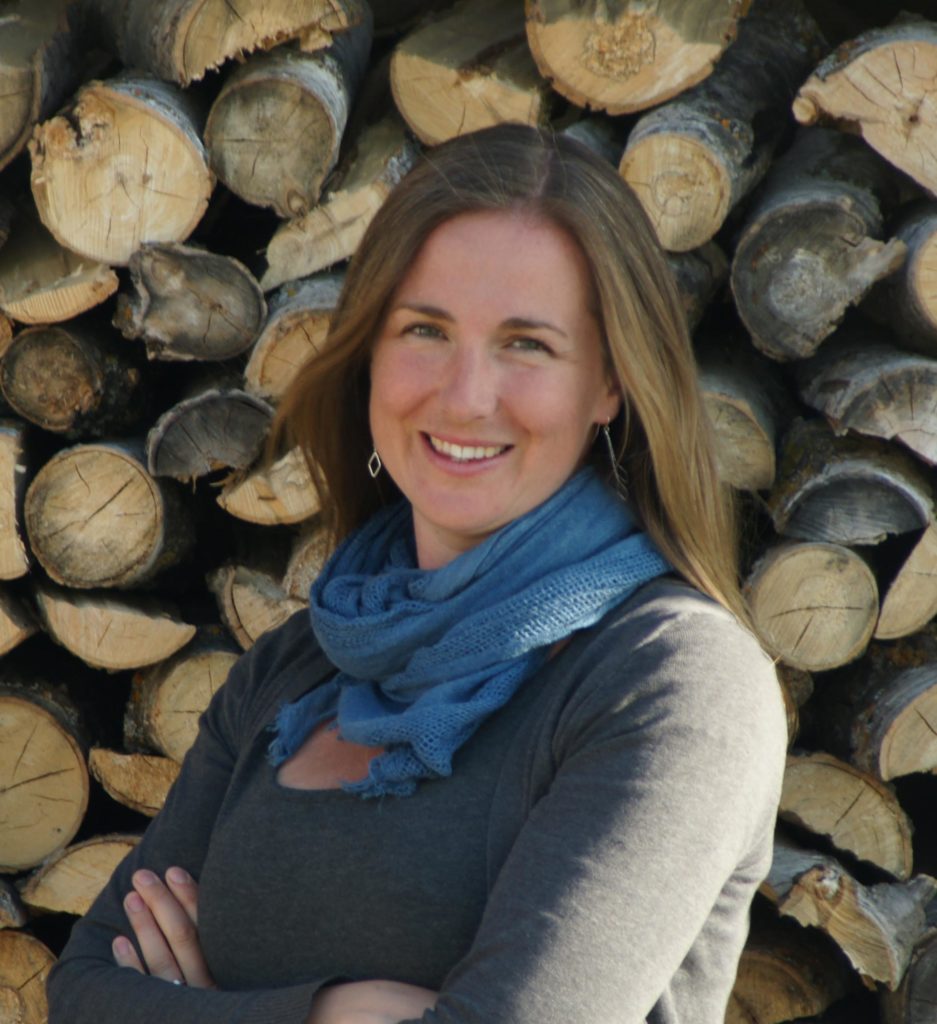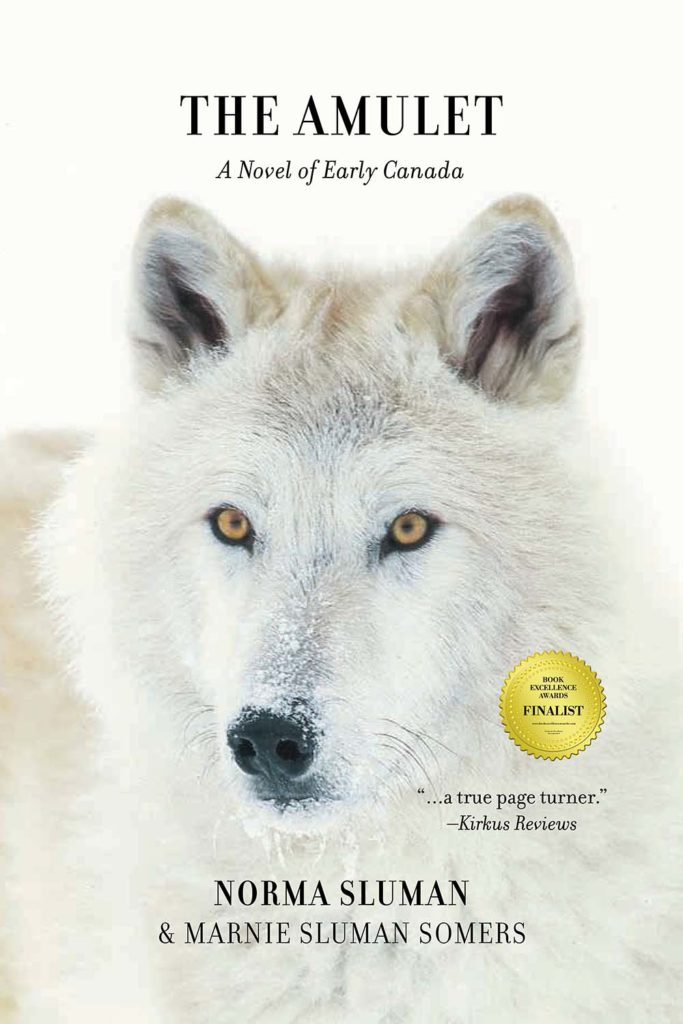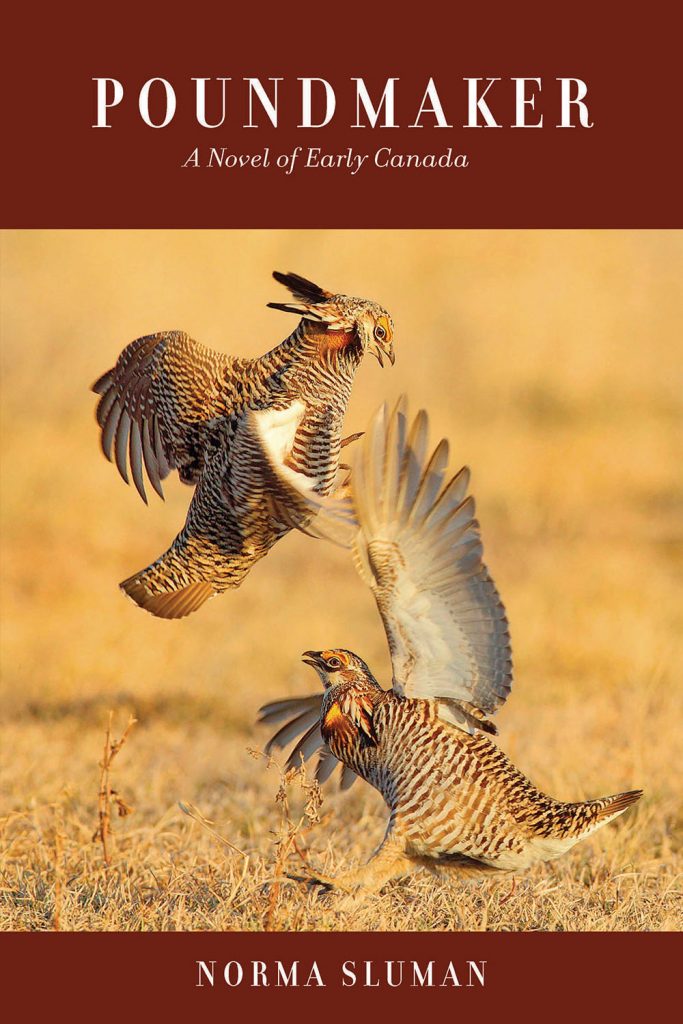Last week we talked about how to use scenes to write more compelling stories. One of the questions I advised you to ask yourself was “Does this scene move the plot forward?” And I reminded you that “Something important to the story needs to happen in every scene. Something needs to change, or happen, or move.” It turns out I have a lot more to say about scenes and plot.
What does it mean for something to be important to the plot? The whole thing can be a bit confusing unfortunately because what’s important for you and your story might not be important for me and mine. Part of the art of writing is deciding what matters and what doesn’t, what stays and what goes. So I can’t give you rules but I can give you suggestions and guidelines to help you find the answers that work for you and your writing.
Stepping Back to Look at Plot
Let’s take a minute to walk through the process of stepping back from the words and details of your story and examining the structure of the plot. Here’s one way to do it:
Break your story into scenes
Don’t overthink it. No one will ever know about your scene divisions except you. What you’re looking for is a little piece of the story that falls into a sort of time, place, or action clump.
Name your scenes
When I’m editing plot like this I use headings or comments to give each scene a title. I use the title to summarize what happens in that scene.
Imagine I’m writing an adventure novel where two young women travel from their home in Canada to the Himalayan mountains to find their long lost cousin. One of my scenes might be titled “Sadie and Andrea travel from Toronto to Katmandu.”
Observe and Think it Through
Just this process of naming your scenes can be enough to let you to see your story differently. For example, if I’m naming scenes in my imaginary novel I might notice that I have these four scenes in a row:
- Sadie and Andrea travel from home to Toronto
- Sadie and Andrea travel from Toronto to Katmandu
- Sadie and Andrea travel from Katmandu to Lukla
- Sadie and Andrea travel from Lukla to Rongbuk Monastary
Hmmm. Is this starting to sound a bit repetitive and boring? Maybe that’s why no one can get into my story. Nothing happens in it! It’s easy to get busy writing and not notice that your plot isn’t moving.
Don’t Confuse Action with Plot
Action and plot aren’t the same thing. Just because something happens in your scene doesn’t mean the plot has moved. Just because there’s no physical action in the scene doesn’t mean the plot isn’t moving.
Look deeper. What is the really important, world-ending, life-changing thing that your story is building towards? Plot is the struggle to prevent or achieve that thing.
In my imaginary novel the plot has nothing to do with where Sadie and Andrea are in the world. The plot is tied to the secrets they are uncovering along their journey. This means that travelling from Katmandu to Lukla doesn’t move the plot but an offhanded comment overheard in an aunt’s living room changes everything.
This week’s assigment:
- Pick a longer piece of your writing and break it into scenes.
- Title each scene with the most important thing (to the plot) that happens in that scene.
- Read through the titles and ask yourself: Is anything missing? Does the plot keep moving consistently or does it stall, stop, or backtrack in places? What would happen to the plot if you added, removed, or moved around some scenes?
I love to hear from you! Let me know how it goes.
I’m writing with you,
Laurie
Looking for more information about developing your plot writing skills? Check out some of these books.
Photo by Balazs Busznyak on Unsplash

Laurie MacNevin, HF Associate Editor
Laurie is an editor, writer, and researcher. Her deep love of stories led to an Honours degree and a Master’s degree in English Language and Literature from the University of Windsor. Originally from Southern Ontario, Laurie has lived in Manitoba for more than ten years, exploring the stories, landscape, plants, and people of some of the most remote parts of the province including three years in Churchill and two years in God’s Lake Narrows First Nation. Laurie and her family now live on an acreage outside of Carberry.
Not a member of our FREE Book of the Month Club yet? What are you waiting for?
Want a chance to win a free book written by a different Canadian author? Join our Free Book of the Month Club! Every month we review a book by a Canadian author and give it away to one of our email subscribers. Our goal is to share the work of other Canadian authors to help readers find other writers.




